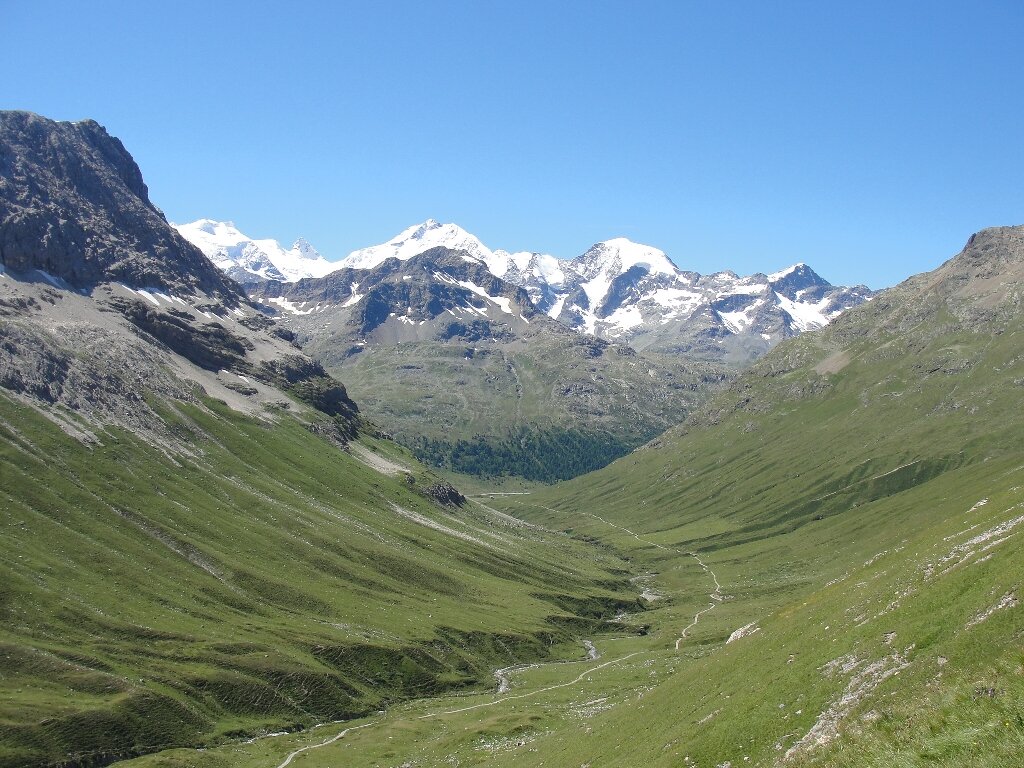The results of satellite studies have shown that over the past 40 years, the Alps have turned very green. This indicates a strong warming of the climate. An increase in the volume of plant mass can be replaced by desertification.

Satellite climate research
Glaciers of the Alps are rapidly replaced by grassy spaces. This conclusion was recently reached by researchers who studied satellite data over the past 38 years. The main mountain range of Europe has turned green significantly over the period from 1984 to 2021.
Previously, such greening has already been noted on satellite images. But it was noticeable mainly in Antarctica. The poles of the Earth are heating up faster than the equatorial zone, and therefore changes are especially noticeable there. Similarly, according to satellite data, the disappearance of the wetlands in Asia was estimated.
At the same time, the researchers note that the area of snow-covered surfaces in the Alps has decreased. But here, satellite images cannot show the full picture. The melting of glaciers begins with a decrease in the layer of snow in winter. And this initial process is simply not visible from orbit.
Therefore, according to scientists, the area of glaciers in the Alps has decreased by only a tenth. But the increase in chlorophyll due to observations at certain wavelengths is clearly visible. It turned out that at altitudes of more than 1,700 m, the volume of plant mass has increased by 77 percent since 1984.
Is it good that the Alps are green
The process of “greening” certain places in the Alps can take three different ways. Firstly, grass may appear in those areas where it did not exist before. Secondly, because of the change, the plants can become thicker and taller. Thirdly, plants that previously grew lower may appear in the highlands.
All this can have a lot of negative consequences. The more plants there are, the longer the growing season. Snow becomes difficult to accumulate during the winter. And the lack of its reserves in the spring reduces the flow in the rivers.
Although an increase in the volume of plants leads to the fact that they absorb additional carbon dioxide from the atmosphere, this process affects the carbon cycle mainly negatively. Unlike snow, which reflects most of the energy, plants accumulate 90 percent of it and then give it to the environment. So, the planet is heating up more.
Appearance of brown color
But the satellite saw not only greening. Over the past 40 years, areas of brown color have begun to appear on the images of the Alpine highlands. There is no snow or plants on them. The appearance of such places is associated with droughts, after which plants cannot cover all the areas freed from snow.
Observations show that now such sites are only one percent of the total area of the highlands. But from experience, for example, in Central Asia, scientists know that their area will grow. The grass does not have time to bind all the soil freed from snow. And it will have very bad consequences for the Earth.
According to phys.org
Follow us on Twitter to get the most interesting space news in time
https://twitter.com/ust_magazine
